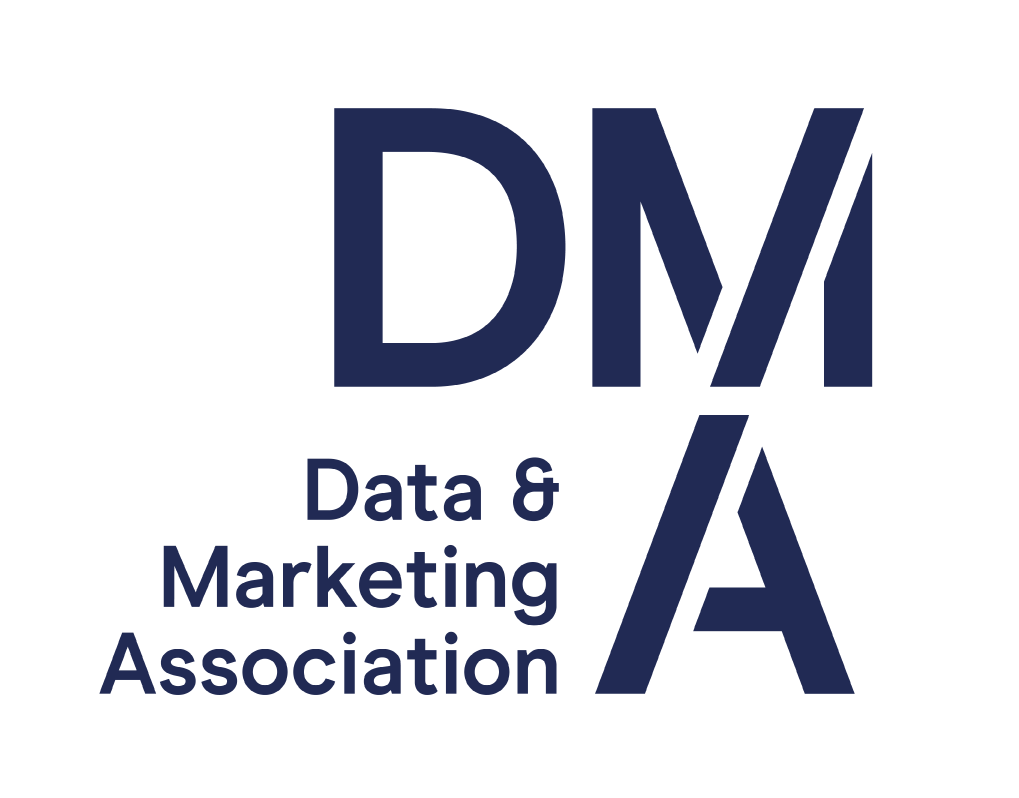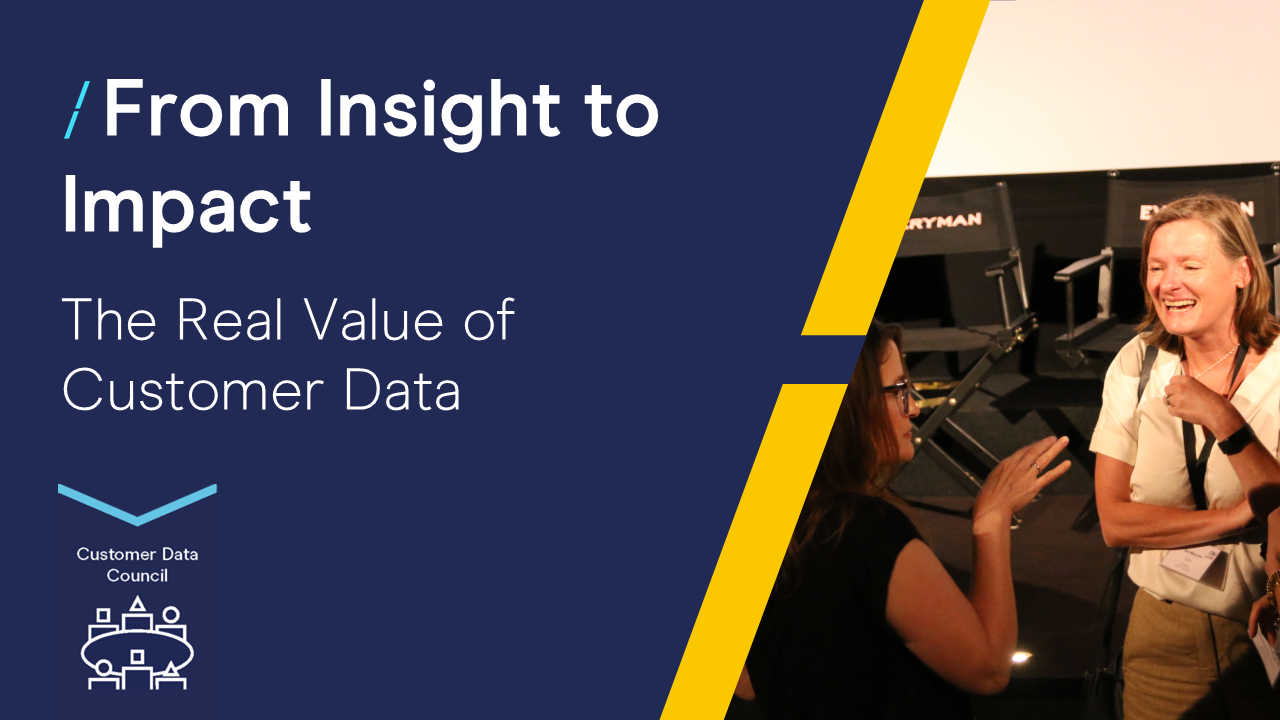Is âlean marketingâ a pipedream?
10 Apr 2013
You’d have to be kidnapped and isolated on a desert island or live a media reclusive life not to be aware we are living through a massive global ‘correction’. A collision of financial, supply and demand, shifting superpower and technology dynamics, occasionally exacerbated by natural disasters, plays constant havoc with accepted customer connection models and business stability.
Credit-fuelled consumption excess, stock market-driven demand for continuous growth, wholesaling complicated financial packages of dubious merit & value could never just go on and on and on. Most business sectors have been suffering from the horrible mess that has been unravelling since that 2008 meltdown.
Many organisations are going through major reviews of business model and budget expenditure plans that obviously doesn’t exclude us marketers. That erstwhile term ‘lean marketing’ increasingly looms into view to help with today’s commercial struggles (lean marketing and operational optimisation = reducing waste, maximising effectiveness, continuously improving processes).
We must now work differently to influence customer choice.
I’m increasingly asked what ‘lean marketing’ means and is it possible. Well, I think it’s possible and what it means is using expertise inside the organisation to discover new revenue opportunities from clever customer connection. A thought leadership project theDMA completed with CIMA (the Chartered Institute of Management Accountants) and CIM(the Chartered Institute of Marketing) back in 2009 keeps springing to mind.
Only one year after the 2008 meltdown this project was probably just ahead of its time because commerce was only just starting to comprehend the whirlwind maelstrom fallout. Now for 2013 and beyond this project, called Return on Ideas, is mission-critical relevant.
All it takes is marketing people and accounting people to hold hands, view the world differently and work together collaboratively. The outcome is a sustainable delivery of return on ideas. The roadmap is called the ‘Infinity Model’ because it can be used by any size of organisation in any market in any country to create greater value. Simply by harnessing people’s imagination, predicting results and demonstrating value. Using a series of processes and checklists distilled from studying successes and failures researched in over 100 organisations.
You can read the executive summary, context and background here. Then just 27 case study peppered A4 pages illustrate the roadmap for workshop preparation, providing answers on:
- How to harness internal talents to imagine, predict and demonstrate value
- How to integrate the talents and enthusiasm of key players and departments inside the organisation
- How to create or prioritise the four crucial conditions for success (the processes for smooth delivery of ideas, predictions and demonstrations of value; the people who imagine, predict and demonstrate value; the freedom to imagine value; the rigour in predicting and demonstrating value)
- How to timeline the steps to implementation
Never before has so much inspiration for organisational development been distilled into such a concise and precise blueprint to survive and thrive in these turbulent times. One of the world’s most powerful management tools for business development over the next few years.
And it’s here, at the DMA, ready to deploy in 2013 for people wanting to make a step change difference to their company’s progress.
By DMA guest blogger Rick Pullan, head of TBDA’s direct marketing team


1.png)


Please login to comment.
Comments